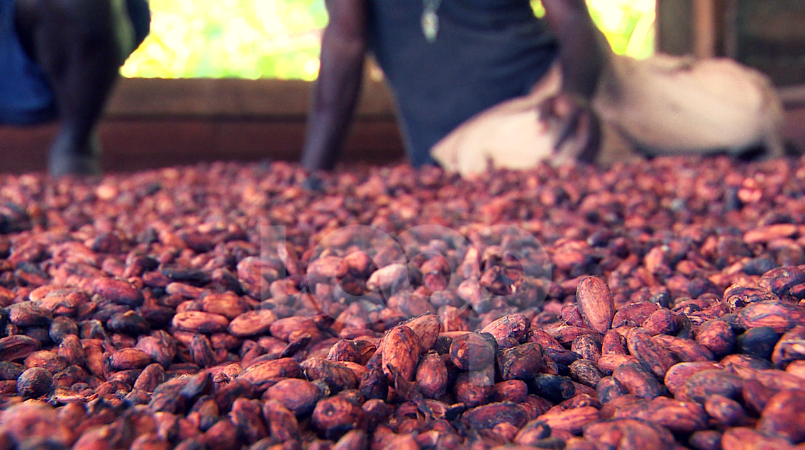
Papua New Guinea’s efforts to strengthen agriculture’s position as a major economic driver have been given a boost following the much-anticipated launch of a series of new projects.
One of these, inaugurated by the EU in late August 2019, is a PGK340m ($99.6m) pilot program designed to benefit smallholder farms.
This deal comes after the launch of the EU’s Enterprise Development Fund earlier in 2019, which will provide funding for small-scale vanilla and cocoa farmers in the provinces of East Sepik and Sandaun in the north-west.
Aside from financial help, the program is designed to assist with entrepreneurship and expand trade connections in the region. The project could significantly boost economic development, in the process, bolstering two of PNG’s signature cash crops.
Governor of East Sepik Province, Allan Bird, told OBG that there are currently an estimated 138,000 cocoa farmers and 20,000 vanilla farmers in the province.
“The GDP of East Sepik is PGK600m ($175.7m), but a successful implementation of the project could lift this to PGK1bn ($292.8m). However, if innovation is applied well, it could even rise to PGK2bn ($585.6m),” Bird said.
The news was followed by an announcement that the PNG Government would invest PGK200m ($58.6m) annually into the agriculture sector over the next 10 years, starting in 2020.
Announcing the funding figures, Prime Minister James Marape said the additional support will go towards establishing special agricultural zones throughout the country and providing a framework for smallholder farmers to commercialise their businesses.
Capitalising on agriculture
Agriculture, and particularly subsistence farming, supports the livelihoods of around 85 percent of the population and accounts for approximately 25 percent of GDP.
Given the extensive role it plays in the country, Bird believes that the sector could have a significant economic impact.
“Agriculture is PNG’s strategic strength and should be utilised and developed as such. It has the potential to deliver a lot of jobs and income for the people,” he told OBG.
Indeed, Prime Minister Marape has identified agriculture as a key area of economic growth and diversification.
“Our close proximity to Asia justifies our focus on agriculture, and our products will put PNG on the world map,” Marape told OBG. “Becoming a food bowl for Asia is a major incentive to develop a commercial business structure in agriculture,” he added.
Marape has also prioritised the development of agricultural processing as a means of shoring up earnings for the sector. To this end, the government has lent its tentative support to the proposed $600m PNG-China Integrated Agriculture Park Project.
The project, to be funded by the state-owned China Railway Construction Engineering Group, will involve the construction of two industrial agricultural parks in the Eastern Highlands and Western Highlands provinces.
The parks will act as one-stop shops for farmers and buyers alike, with the sites featuring facilities dedicated to cultivating crops, agri-science and research, Customs procedures and quality control for produce.
As of late November 2019, the proposal is before the government and awaiting approval.
Transport infrastructure
New investment notwithstanding, agriculture must overcome a series of challenges if it is to realise its full potential.
One significant hurdle relates to infrastructure, as many agricultural regions suffer from limited transport connections and poor-quality roads, which add to logistics costs. While the government invested PGK3.3bn ($968.9m) in roads and bridges between 2012 and 2018, according to official statistics, more than 70 percent of national roads remain unpaved.
To help address the issue of connectivity, the government is implementing the Sustainable Highlands Highway Investment Programme, funded by the Asian Development Bank.
The $16bn project involves upgrading the two-lane, 430-km highway connecting Lae Nadzab Airport with Kagamuga Airport in Mount Hagen, along with 1800 km of local feeder roads. This is expected to stimulate agri-business growth in the associated regions.
The government also aims to address some 1279 km of missing links in the national road network by 2022.
“With farmers only working on a small scale, they spend a lot of money transporting both themselves and goods to the market where they sell their produce. It would be much better if there was a specialised supply chain that met their needs in a more consolidated manner,” Greg Worthington-Eyre, CEO of agricultural producer Trukai Industries, told OBG.
(Dried cocoa beans)
